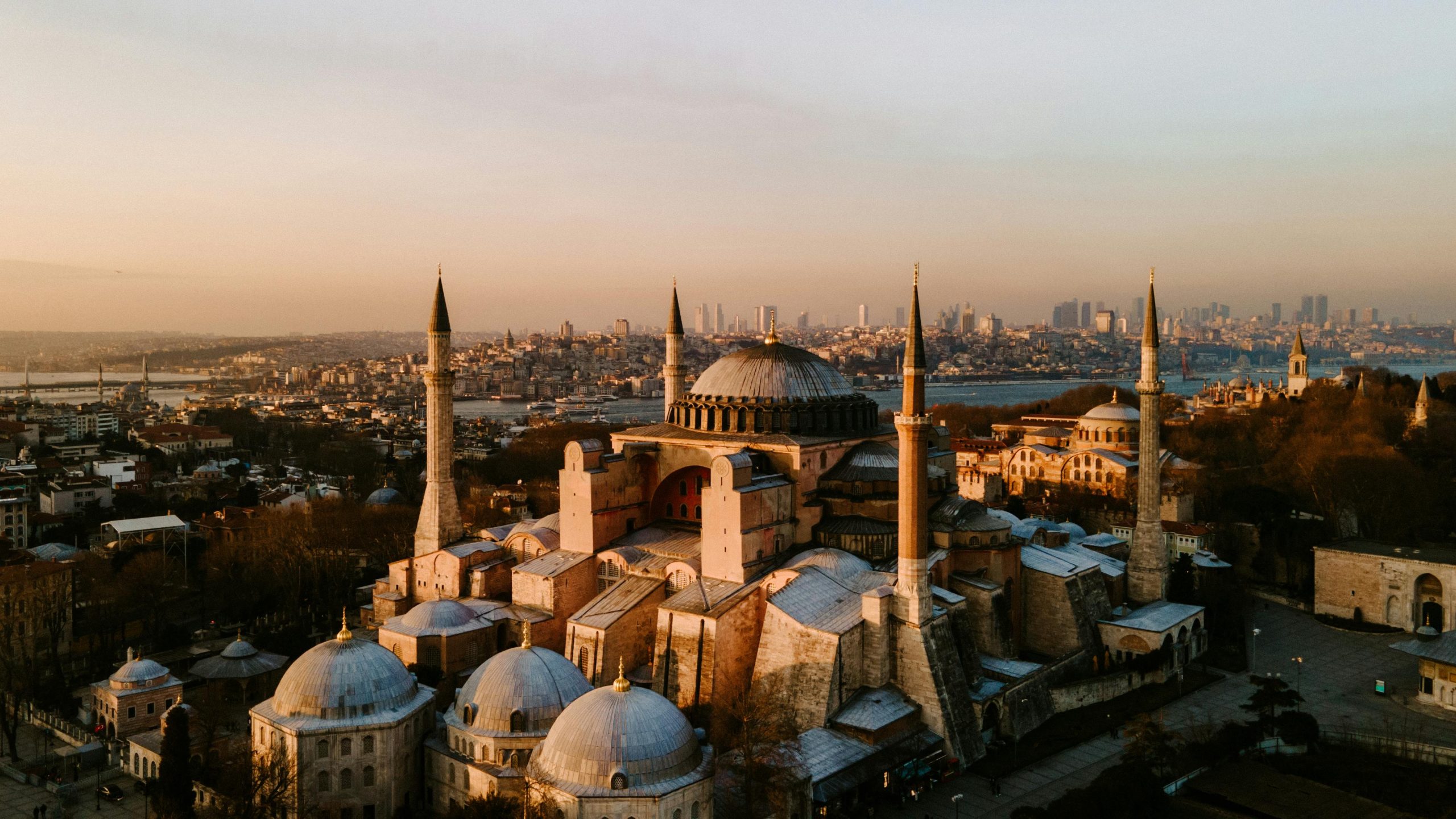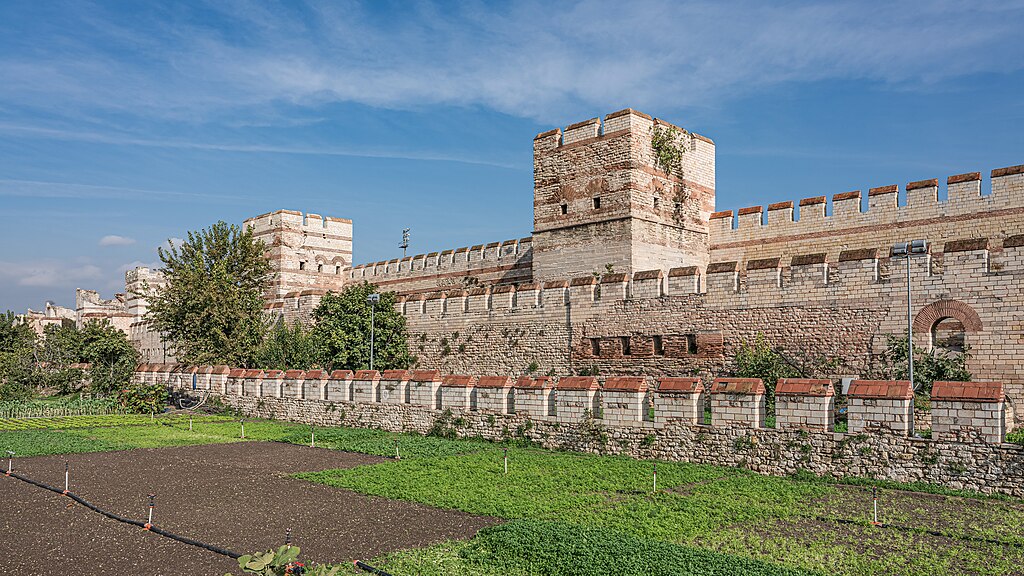Antigua and Barbuda: The Ultimate Travel Guide 2025

Located in the heart of the Caribbean, Antigua and Barbuda is a stunning island nation known for its pristine beaches, crystal-clear waters, and relaxed tropical atmosphere. The country consists of two main islands—Antigua, the bustling hub of tourism and culture, and Barbuda, a tranquil escape with untouched natural beauty. Whether you’re looking for vibrant nightlife, luxurious resorts, or serene beachside solitude, Antigua and Barbuda offers a little bit of everything.
Visitors can explore Antigua’s 365 beaches—one for every day of the year—where soft white sand and turquoise waters make for perfect swimming, snorkeling, and sunbathing. Adventure seekers can try sailing, windsurfing, or diving in the coral reefs surrounding the islands. Meanwhile, Barbuda remains a paradise for nature lovers, with its famous Frigate Bird Sanctuary, pink sand beaches, and unspoiled landscapes that feel worlds away from modern civilization.
Beyond its natural beauty, Antigua and Barbuda has a lively cultural scene filled with local markets, music festivals, and mouthwatering Caribbean cuisine. The capital, St. John’s, offers duty-free shopping, historic sites, and colorful architecture, creating a vibrant setting for exploration. Whether you’re indulging in fresh seafood, taking in panoramic island views, or immersing yourself in local traditions, this Caribbean getaway promises an unforgettable experience.
Table of Contents
- History of Antigua and Barbuda
- Early Inhabitants of St. John’s
- Colonial Era and St. John’s Development
- The Path to Independence in St. John’s
- Best Time to Visit Antigua and Barbuda
- Visiting Antigua and Barbuda in Winter
- Visiting Antigua and Barbuda in Spring
- Visiting Antigua and Barbuda in Summer
- Visiting Antigua and Barbuda in Autumn
- Food and Drink from Antigua and Barbuda
History of Antigua and Barbuda
Early Inhabitants of St. John’s
The islands of Antigua and Barbuda were first inhabited by the **Ciboney people**, followed by the **Arawak and Carib tribes**, who thrived on fishing, agriculture, and trade. These indigenous groups left behind pottery, tools, and petroglyphs, showcasing their rich cultural heritage. Their presence shaped the islands for centuries until European explorers arrived.
Colonial Era and St. John’s Development
The arrival of Christopher Columbus in 1493 marked the beginning of Antigua and Barbuda’s colonial period. By the 17th century, the British established settlements in St. John’s, introducing sugarcane plantations that became the backbone of the island’s economy. Enslaved Africans were brought to work on the plantations, enduring harsh conditions while significantly contributing to the local culture, cuisine, and traditions.
The Path to Independence in St. John’s
Following the abolition of slavery in the 19th century, St. John’s became a hub for economic and social change, with local movements advocating for greater autonomy. In 1981, Antigua and Barbuda gained full independence, with St. John’s serving as the capital of the newly sovereign nation. Since then, the country has developed into a thriving tourist destination, blending its colonial history with vibrant Caribbean culture.
Best Time to Visit Antigua and Barbuda
Visiting Antigua and Barbuda in Winter
From December to February, Antigua and Barbuda offer warm, sunny weather perfect for escaping colder climates. With temperatures hovering around 25–28°C (77–82°F), visitors can enjoy pristine beaches and outdoor adventures without extreme heat. Antigua Sailing Week, one of the Caribbean’s premier sailing events, kicks off in late April, attracting international competitors and lively festivities.
Visiting Antigua and Barbuda in Spring
Spring, from March to May, brings mild temperatures and lower tourist crowds, making it an excellent time for a relaxing getaway. The waters remain calm, ideal for snorkeling and diving around vibrant coral reefs. The Antigua and Barbuda International Kite Festival, typically held in April, fills the sky with colorful kites, creating a lively atmosphere for families and travelers alike.
Visiting Antigua and Barbuda in Summer (Best)
June to August is considered one of the best times to visit Antigua and Barbuda due to the high-energy Antigua Carnival. Held in late July and early August, this celebration features parades, steel bands, and electrifying street parties. Though temperatures rise to around 30°C (86°F), the cooling ocean breezes make it comfortable for beach activities and island explorations.
Visiting Antigua and Barbuda in Autumn
Autumn, from September to November, offers a quieter experience with fewer tourists, allowing visitors to enjoy the islands’ natural beauty without crowds. This season also marks the beginning of sailing events leading up to winter’s regattas. With occasional tropical showers, the lush landscapes become even more vibrant, creating picturesque scenery for outdoor adventures.
No matter when you visit, Antigua and Barbuda promise breathtaking beaches, lively festivals, and a relaxed island atmosphere. Whether seeking adventure, cultural experiences, or pure tranquility, each season offers something special!
Food and Drink from Antigua and Barbuda
1. Fungee and Pepperpot
Considered the national dish of Antigua and Barbuda, Fungee is a cornmeal-based side similar to polenta, served alongside Pepperpot, a rich, hearty stew made with various meats and vegetables. This flavorful combination showcases the islands’ African and Caribbean culinary influences.
2. Ducana
Ducana is a sweet and savory dish made from grated sweet potatoes, coconut, and spices, wrapped in a banana leaf and boiled until soft. Often served with saltfish, this unique delicacy reflects the fusion of African and indigenous traditions in Antiguan cuisine.
3. Conch Water
A true Caribbean favorite, Conch Water is a savory soup featuring tender conch meat, dumplings, and root vegetables, slow-cooked with flavorful herbs and spices. This dish is both comforting and packed with local seafood flavors.
4. Johnny Cakes
These delicious fried or baked bread rolls, known as Johnny Cakes, are a staple in Antigua and Barbuda. Lightly sweet and fluffy, they are often eaten for breakfast or served as a side with seafood dishes.
5. Tamarind Balls
A unique sweet treat, Tamarind Balls are made from tamarind pulp mixed with sugar, rolled into bite-sized spheres. They offer a perfect balance of tart and sweet flavors, making them a popular snack on the islands.
6. Wadadli Beer
Wadadli Beer, named after the indigenous name for Antigua, is the country’s local lager. It boasts a crisp, refreshing taste, perfect for pairing with the islands’ traditional meals or simply enjoying on a warm beach day.
7. Bush Tea
A staple in local households, Bush Tea is an herbal infusion made from native plants like lemongrass, ginger, and soursop leaves. Traditionally used for its soothing properties, this tea reflects the islanders’ connection to natural remedies.
8. Black Pineapple
Considered one of the sweetest pineapples in the world, Antigua’s Black Pineapple is a must-try for visitors. Whether eaten fresh or blended into juices and cocktails, this tropical fruit is a beloved local delicacy.
9. Rum Punch
Like many Caribbean nations, Antigua and Barbuda is known for its Rum Punch, a flavorful cocktail made with local rum, lime juice, grenadine, and bitters. It’s a signature island drink often enjoyed at festivals and beachside gatherings.
Antigua and Barbuda’s cuisine is a reflection of its rich cultural heritage, blending Caribbean, African, and indigenous flavors. Whether indulging in savory stews or sipping on tropical drinks, every bite and sip tells a story of the islands.









